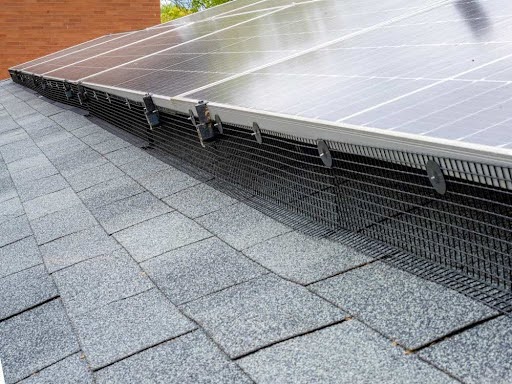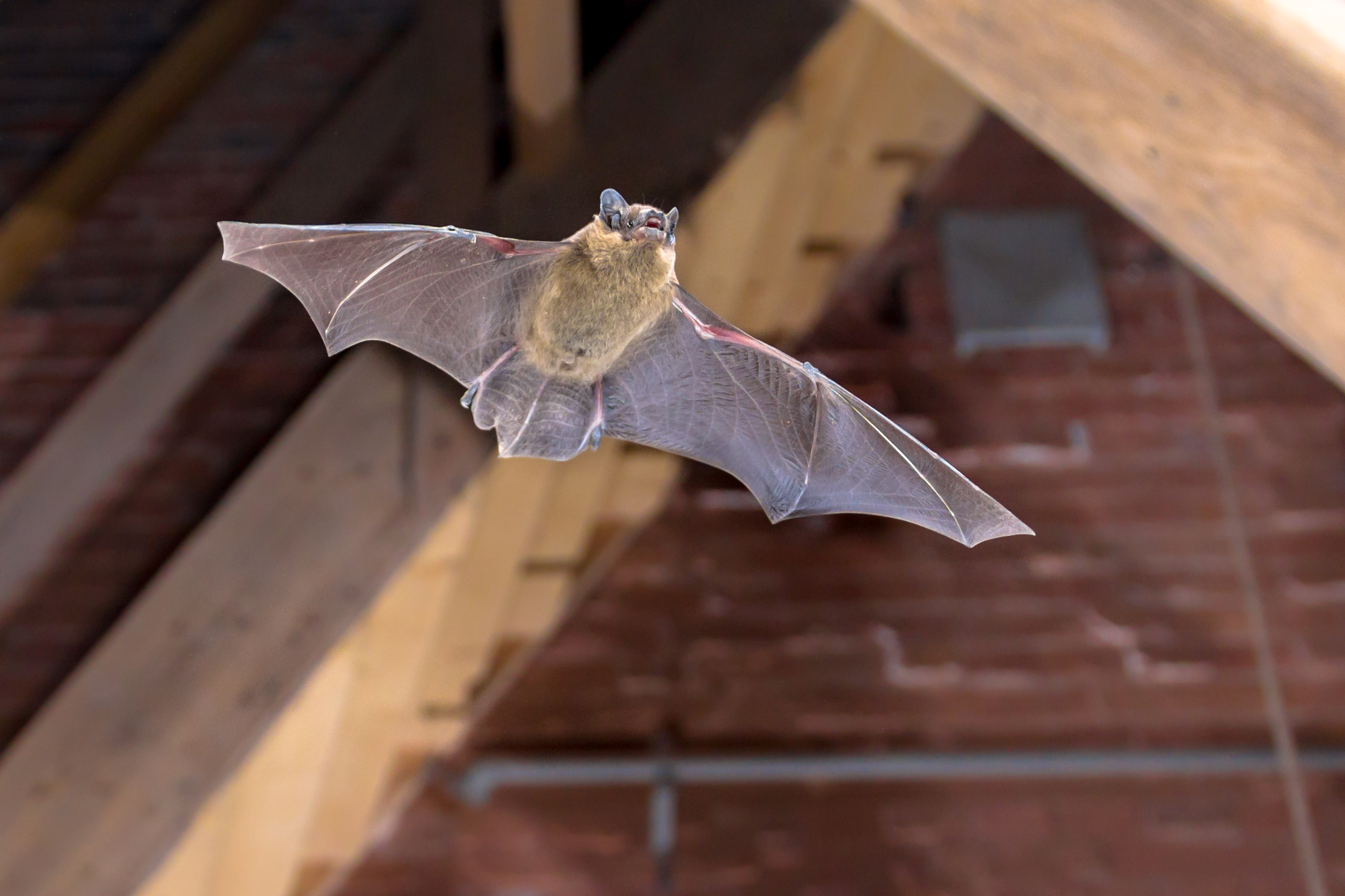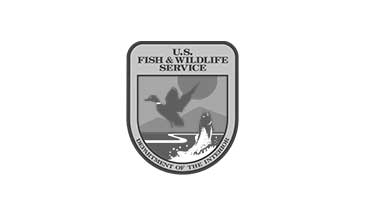Deer are highly adaptable animals that easily thrive in a variety of geographic and ecological settings. They prefer habitats with a source of water and a mix of cover and open areas, so that they can feed while hiding from predators. They also seek out dense, sheltered areas that provide cover during cold winters.
Deer often favor transitional areas or “ecotones” between different habitats, such as forests and open fields. However, these often overlap with properties inhabited by humans. Whether it’s a suburban home, farm, or lakeside cabin, deer can become a nuisance when food is scarce, populations are large, or conditions are harsh. Understanding common deer habitats and why they gravitate toward certain environments is crucial in preventing property damage.
4 Common Deer Habitat Preferences
1. Coniferous Forest
Coniferous plants are perennial, cone-producing, needle-bearing trees and shrubs. Coniferous trees, such as pine trees, are evergreen. This means they maintain their full body of needles all year. These needles provide a source of shelter, warmth, bedding, and even food for deer, all year long.
Evergreen shrubs and trees also help hide deer from predators while they sleep. In winter, the low, dense branches also provide cover from wind and falling snow. Deer often sleep close to the trunks of pine trees to maximize the cover and shelter they provide. Dense concentrations of pine trees and other coniferous trees are particularly popular with deer. Stands of coniferous trees are sometimes called “deer yards” because they’re an ideal environment for resting herds.
These forests also provide a variety of food sources for deer including:
- Acorns
- Leaves
- Woody plants
- Berries
In spring, you might notice plants and shrubs that have been stripped of their new growth. This is likely due to deer feeding on the tender shoots.
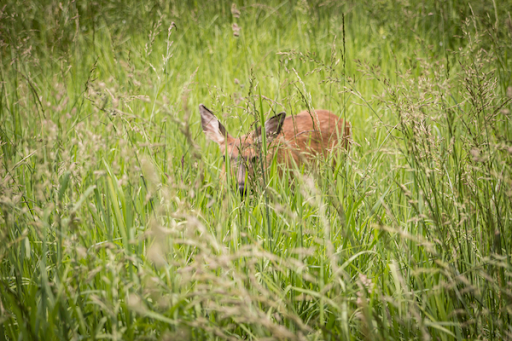
2. Tall Grass and Brush
Deer are herbivores with a varied diet. Deer in woods feed on plants and shrubs, whereas deer in prairie areas eat “forbs” or weeds. Deer tend to sleep during the day and come out to feed at dawn, in twilight, or overnight. To sleep comfortably during the day, they require bedding that will hide them from potential predators. Additionally, deer prefer to sleep somewhere sunny, so they can absorb sunlight and keep warm. This is especially important in the winter, because deer never hibernate.
Tall grass and brush can often satisfy both of these somewhat contradictory requirements. Tall grass capably conceals a deer’s bedding place, but unlike trees, it won’t block sunlight. Deer can rest in tall grass during the day while warming up to forage at night. Fields of tall grass also give deer the opportunity to graze for food without leaving their hiding places.
3. Wetlands
Most deer tend to stick close to a large, consistent source of water like lakes, streams or rivers. They’re particularly fond of swamps, riversides, or wetlands, because these areas also produce rich and plentiful vegetation to feed on. Deer typically live inside a square mile radius centered around one of these water sources. This radius may change in winter as food sources and cover become harder to find.
During the day, deer hide in brush and overgrowth near their water sources. In the early morning and around twilight, they venture out to drink and graze on nearby vegetation. They may venture closer to populated areas at night as they feed and look for bedding. You may also spot them on riverbanks, in clearings, or along roads.
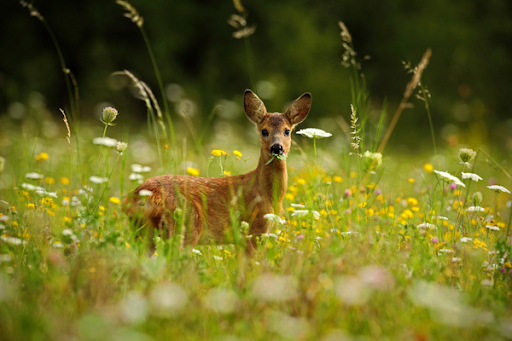
4. Overgrowth and Urban Deer
As we’ve seen, deer are highly cautious, shy, and careful animals. Their first instinct is to choose a habitat where they feel safe. For deer, safety means cover, shelter, and hiding places. Pine trees and tall grass serve these functions well, but any overgrown, forested area will do.
Even in suburban or urban areas, deer can find the shelter and food they need. Overgrown areas like parks, green spaces, and forested neighborhoods offer hiding spots, while gardens and lawns provide easy meals. Unfortunately, if you live in these types of areas, deer can become problematic.
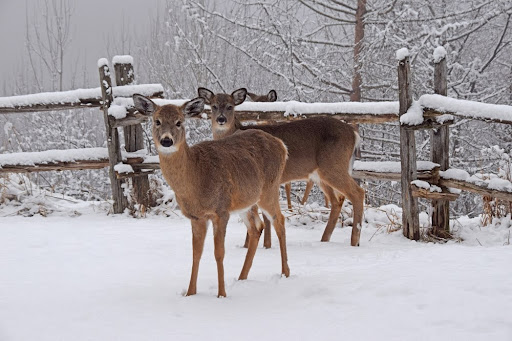
Deer and Human Conflict: What You Can Do
As humans expand into natural habitats, deer often wander into suburban neighborhoods and farms in search of food. When food is scarce or deer populations rise, they may venture closer to homes, leading to garden destruction, road hazards, and other property damage.
Preventative Measures
- Fencing: Installing deer-resistant fencing can protect gardens and yards.
- Deer-Resistant Plants: Choose plants that deer typically avoid, such as lavender and marigolds.
- Repellents: Apply natural or chemical deer repellents around your property.
If you're dealing with nuisance deer or other wildlife, Varment Guard can provide professional wildlife control services to keep your property free of wildlife pests.
Deer Control Services
If there’s a deer habitat on your property and you’re experiencing issues like garden damage, Varment Guard can help. Our wildlife control experts offer deer removal services that reduce the impact of wildlife pests in your area. To schedule a service, contact Varment Guard today.

